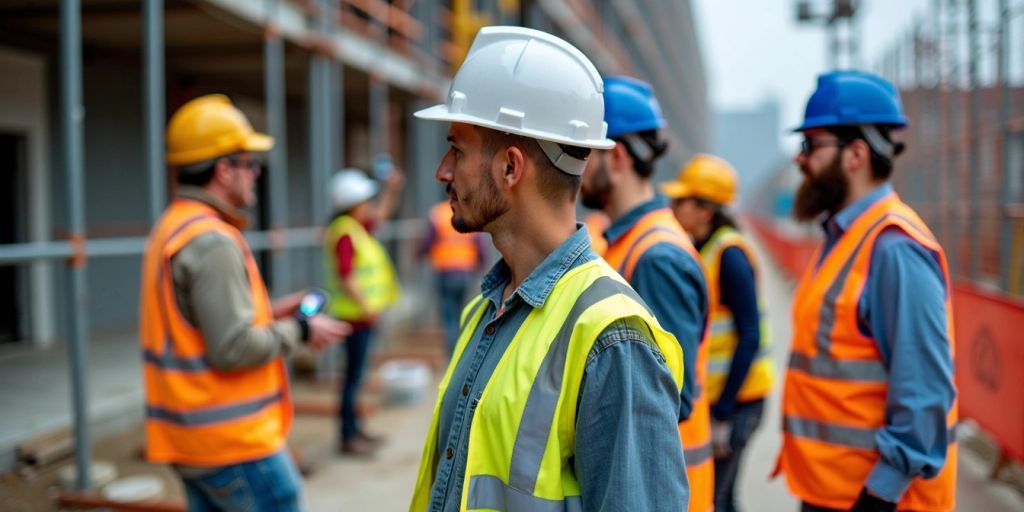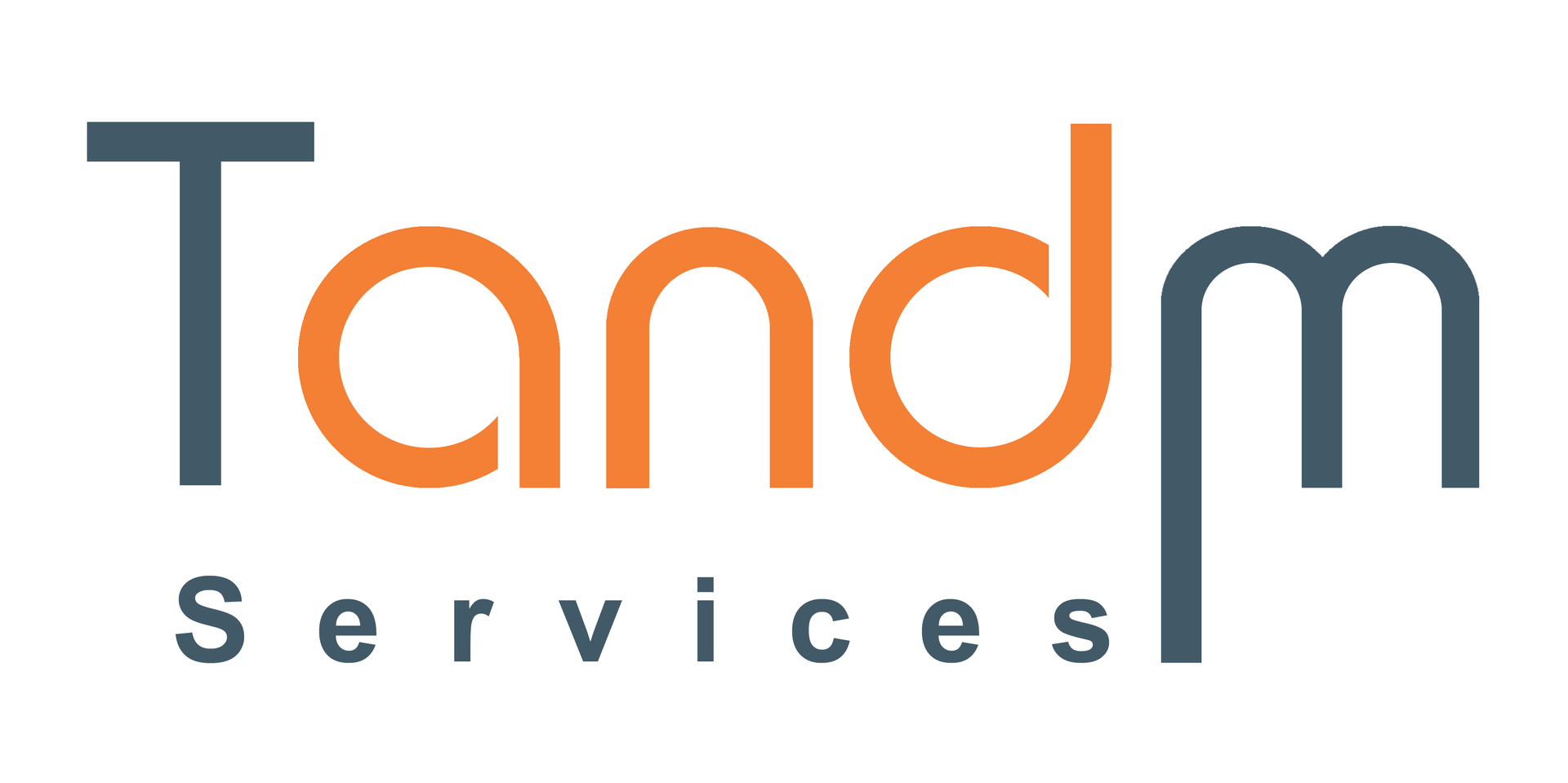Ensuring Safety on Construction Sites: A Complete Guide to Hazard Identification and Risk Mitigation

Explore essential strategies for hazard identification and risk mitigation to enhance safety on construction sites.
Construction sites are inherently risky environments, with numerous hazards that can lead to serious injuries or even fatalities. Understanding how to identify these hazards and implement effective strategies for risk mitigation is crucial for ensuring the safety of workers. This article explores essential strategies for hazard identification and risk management in the construction industry, providing insights into common hazards, mitigation techniques, and the importance of fostering a safety culture.
Key Takeaways
- Hazard identification is vital for preventing accidents and protecting workers.
- Common hazards include falls, machinery accidents, and electrical risks.
- Personal protective equipment and safety training are essential for risk reduction.
- Advanced technologies like BIM and VR can enhance safety management.
- A strong safety culture relies on effective communication and regular safety meetings.
Understanding the Importance of Hazard Identification
Defining Hazard Identification
Hazard identification is the process of spotting potential dangers that could harm workers on construction sites. Recognising these hazards early is vital to prevent accidents and injuries. It involves looking for anything that could cause harm, such as unsafe equipment or risky work practises.
The Role of Hazard Identification in Safety Management
Effective hazard identification plays a crucial role in safety management. It helps in:
- Developing safety plans to eliminate or reduce risks.
- Training workers to be aware of potential dangers.
- Ensuring compliance with safety regulations.
Challenges in Identifying Hazards on Construction Sites
Identifying hazards on construction sites can be tough due to:
- The constantly changing environment with moving equipment and workers.
- The variety of tasks being performed at the same time.
- Workers' perceptions that some hazards are not serious enough to warrant attention.
Hazard identification is a critical process in the construction industry, essential for ensuring the safety and well-being of workers.
In summary, understanding the importance of hazard identification is the first step towards creating a safer construction site. By recognising and addressing hazards, we can significantly reduce the risk of accidents and injuries.
Common Hazards in the Construction Industry
Falls from Heights
Falls from heights are one of the leading causes of injuries and fatalities in construction. These incidents can often be prevented with proper safety measures. Workers should always use harnesses and guardrails when working on elevated surfaces.
Material Handling and Heavy Machinery
Handling materials and operating heavy machinery can lead to serious injuries. Workers must be trained in safe lifting techniques and machinery operation. Here are some common risks:
- Strains and sprains from lifting heavy items
- Injuries from machinery accidents
- Collisions with moving equipment
Electrocution and Struck-by Incidents
Electrocution is a significant hazard, especially when working near power lines. Struck-by incidents occur when workers are hit by falling objects or moving vehicles. To mitigate these risks, it is essential to:
- Ensure proper grounding of electrical equipment.
- Use hard hats and other protective gear.
- Maintain a safe distance from heavy machinery.
Identifying these hazards is crucial for creating a safe work environment. Regular training and awareness can significantly reduce the risk of accidents.
Effective Strategies for Hazard Mitigation
Personal Protective Equipment (PPE)
Using personal protective equipment is crucial for safeguarding workers on construction sites. PPE includes items like helmets, gloves, and safety goggles. Here are some key points about PPE:
- Always wear the appropriate gear for the task.
- Regularly inspect equipment for damage.
- Ensure that all workers are trained on how to use PPE correctly.
Safety Training and Supervision
Regular safety training is essential to keep everyone informed about potential hazards. Effective supervision helps ensure that safety protocols are followed. Consider these strategies:
- Conduct frequent training sessions to raise hazard awareness.
- Implement a system for reporting unsafe conditions.
- Assign a safety officer to oversee compliance with safety measures.
Engineering and Administrative Controls
These controls are designed to eliminate or reduce hazards. Here’s how they can be applied:
- Engineering controls: Modify equipment or work processes to reduce risks (e.g., installing guardrails).
- Administrative controls: Develop policies that promote safety, such as rotating workers to limit exposure to hazardous conditions.
Effective hazard mitigation not only protects workers but also enhances overall productivity on construction sites.
Building Information Modelling (BIM)
Building Information Modelling (BIM) is a powerful tool that helps in identifying hazards before they occur. By creating a digital representation of the construction site, BIM allows teams to visualise potential risks and plan accordingly. This proactive approach can significantly reduce accidents.
Wearable Technology
Wearable technology, such as smart helmets and sensors, can monitor workers' health and safety in real-time. These devices can detect hazardous conditions and alert workers immediately. For example:
- Heart rate monitoring to prevent overexertion.
- Position tracking to ensure workers are in safe areas.
- Environmental sensors to detect harmful gases.
Virtual Reality Simulations
Virtual reality (VR) is revolutionising safety training. It provides immersive experiences where workers can practise responding to hazards without real-world risks. This method enhances learning and retention, making it easier for workers to recognise dangers on-site.
The integration of advanced technologies in construction safety not only improves hazard identification but also fosters a culture of safety awareness among workers.
Promoting a Safety Culture on Construction Sites
Creating a strong safety culture on construction sites is vital for protecting everyone involved. Safety should be a core value, not just a temporary priority. Here are some key strategies to promote a safety culture:
Effective Communication and Awareness
- Regular safety briefings to keep everyone informed.
- Posting site rules in common areas for easy access.
- Using clear and simple language to explain safety protocols.
Regular Safety Meetings
- Hold daily or weekly meetings to discuss safety concerns.
- Encourage workers to share their experiences and suggestions.
- Recognise and reward safe practises to motivate everyone.
The Role of Management in Safety Culture
- Leaders must show commitment to safety by following protocols themselves.
- Management should empower all employees to take responsibility for safety.
- Regular feedback from workers can help improve safety measures.
A strong safety culture is built on teamwork and shared responsibility. When everyone looks out for each other, the risk of accidents decreases significantly.
By implementing these strategies, construction sites can foster an environment where safety is everyone's responsibility, ultimately leading to fewer accidents and a healthier workplace. Remember, all workers and visitors in the construction site should wear the appropriate PPE to reduce exposure to various hazards on the worksite.
Legal and Regulatory Requirements for Construction Safety
Understanding Safety Regulations
In the construction industry, understanding safety regulations is crucial. These regulations are designed to protect workers and ensure that construction sites are safe. Construction managers must be familiar with both local and national laws that apply to their projects. This knowledge helps in maintaining compliance and avoiding penalties.
Compliance and Enforcement
Compliance with safety regulations is not just a recommendation; it is a legal obligation. Failure to comply can lead to serious consequences, including fines and legal action. Here are some key points to consider:
- Regularly review safety regulations to stay updated.
- Ensure all employees are aware of their legal responsibilities.
- Conduct regular training sessions to reinforce compliance.
The Role of Regulatory Bodies
Regulatory bodies play a vital role in enforcing safety standards on construction sites. They set out rules to protect the design and construction of higher-risk buildings. These bodies help give workers confidence in the safety and standards of their environments. Their oversight ensures that construction companies adhere to the necessary safety protocols, ultimately safeguarding workers and the public alike.
Maintaining compliance with safety regulations is essential for protecting workers and ensuring the success of construction projects. Regular audits and inspections can help identify areas for improvement and ensure that safety measures are effectively implemented.
Innovative Approaches to Safety Management
Innovation plays a vital role in enhancing safety. Some innovative strategies include:
- Use of drones for site inspections, reducing the need for workers to enter hazardous areas.
- Mobile apps for real-time reporting of safety issues, allowing for immediate action.
- Virtual reality training to prepare workers for real-life scenarios without the risks.
Embracing innovation and learning from past experiences can create a safer environment for everyone on site.
In summary, by studying successful cases and learning from past incidents, the construction industry can continually improve its safety practises. The commitment to current safety practises in the construction industry is essential for protecting workers and ensuring a safer work environment.
Conclusion
In summary, ensuring safety on construction sites is vital for protecting workers and reducing accidents. Identifying hazards is the first step in this process, and it must continue throughout all stages of a project. By understanding the different types of risks, from falls to equipment-related dangers, we can create effective strategies to manage them. Training workers to recognise these hazards and providing them with the right protective gear is essential. Additionally, using modern technology can help spot risks before they lead to injuries. Ultimately, a strong safety culture, where everyone plays their part, is key to making construction sites safer for all.
Best
Amanda Wright - T&M Services
Frequently Asked Questions
What is hazard identification in construction?
Hazard identification is the process of finding and recognising potential dangers on a construction site that could harm workers.
Why is hazard identification important?
Identifying hazards is crucial because it helps prevent accidents and injuries by allowing for safety measures to be put in place.
What are some common hazards on construction sites?
Common hazards include falls from heights, heavy machinery accidents, and electrical shocks.
How can hazards be mitigated?
Hazards can be reduced by using personal protective equipment (PPE), providing safety training, and implementing proper supervision.
What role does technology play in hazard management?
Technology, like Building Information Modelling (BIM) and wearable devices, helps identify and manage hazards more effectively.
Who is responsible for safety on construction sites?
Everyone involved in the construction project, including employers, workers, and subcontractors, shares the responsibility for safety.










